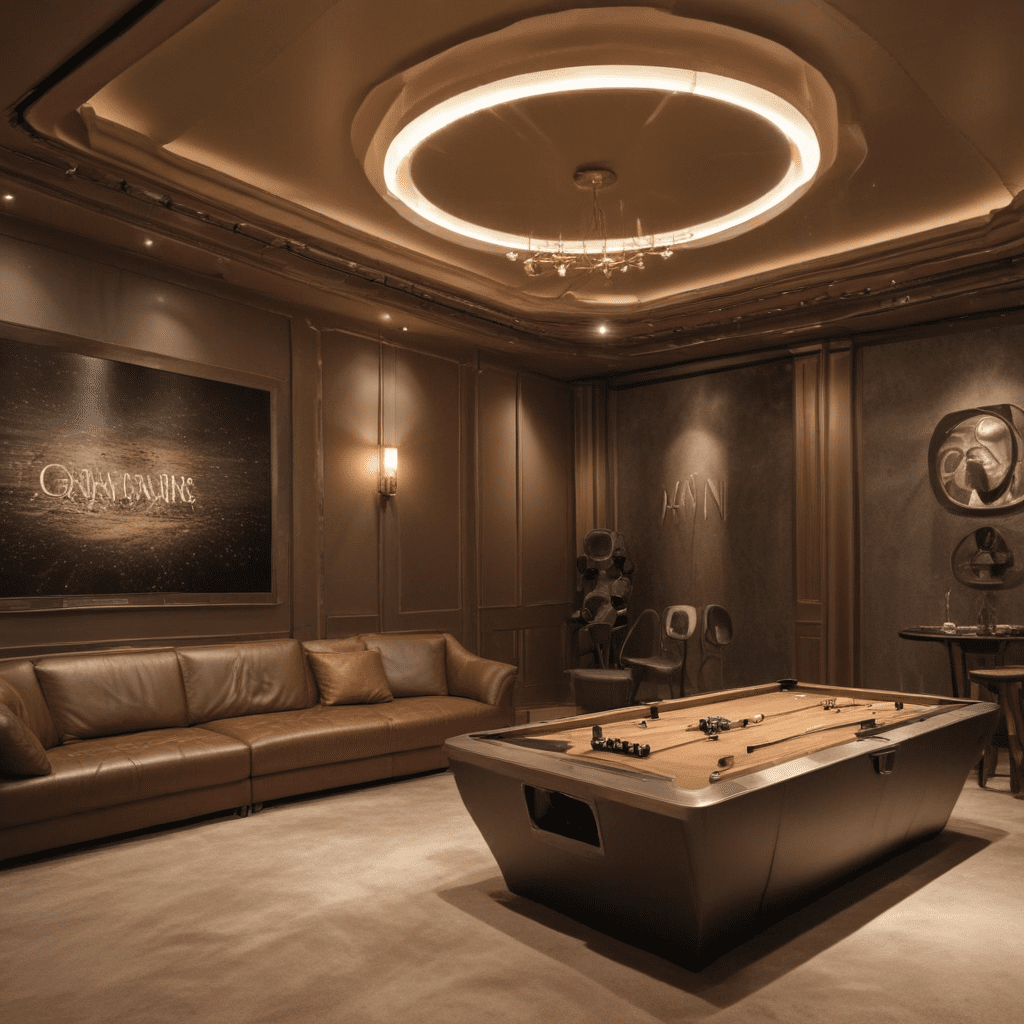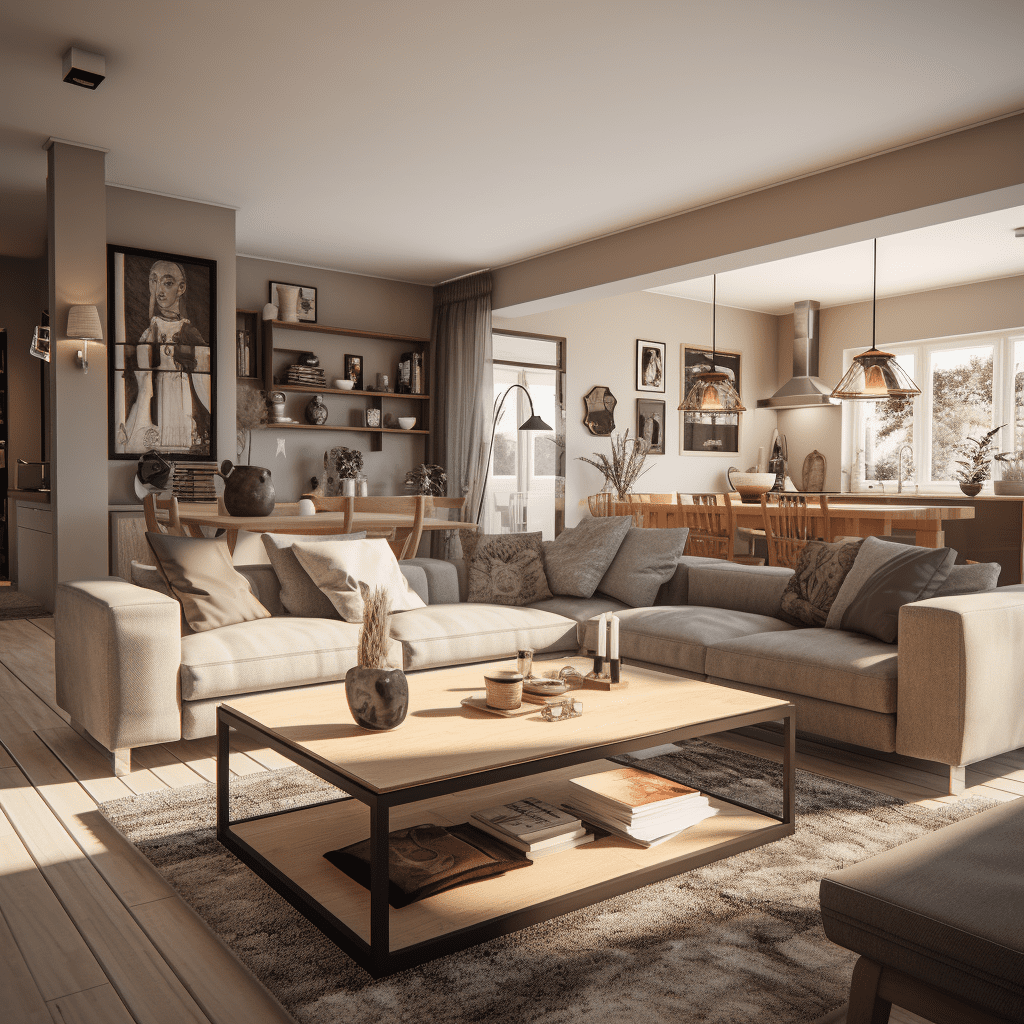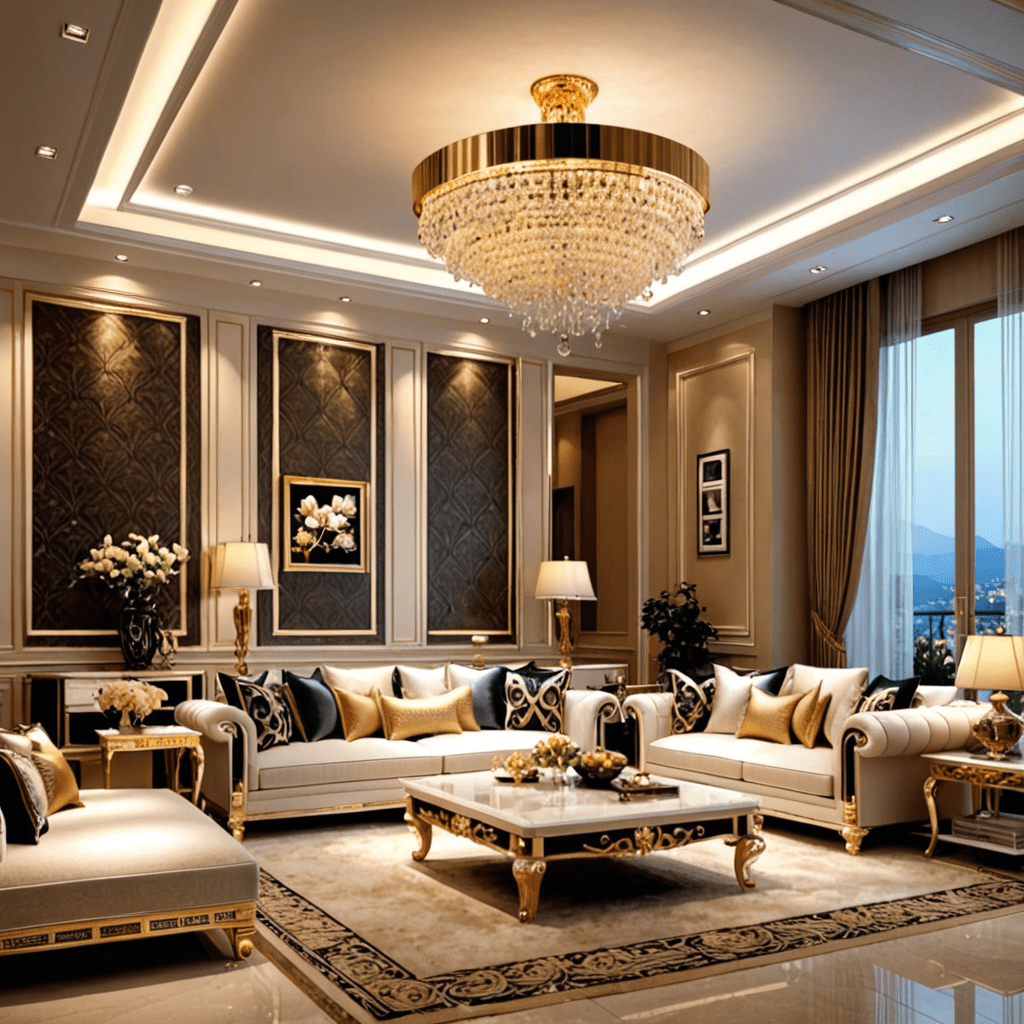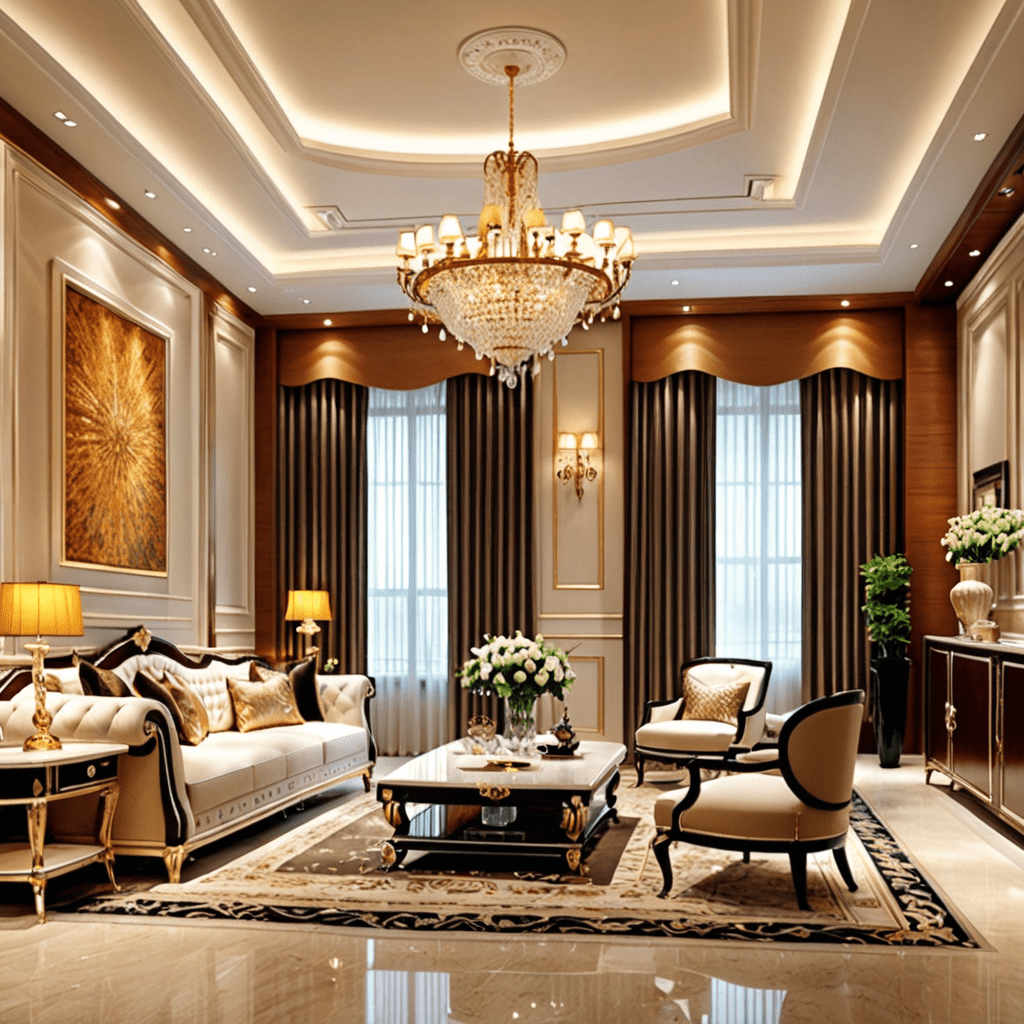How to Maximize Natural Light in Your Home
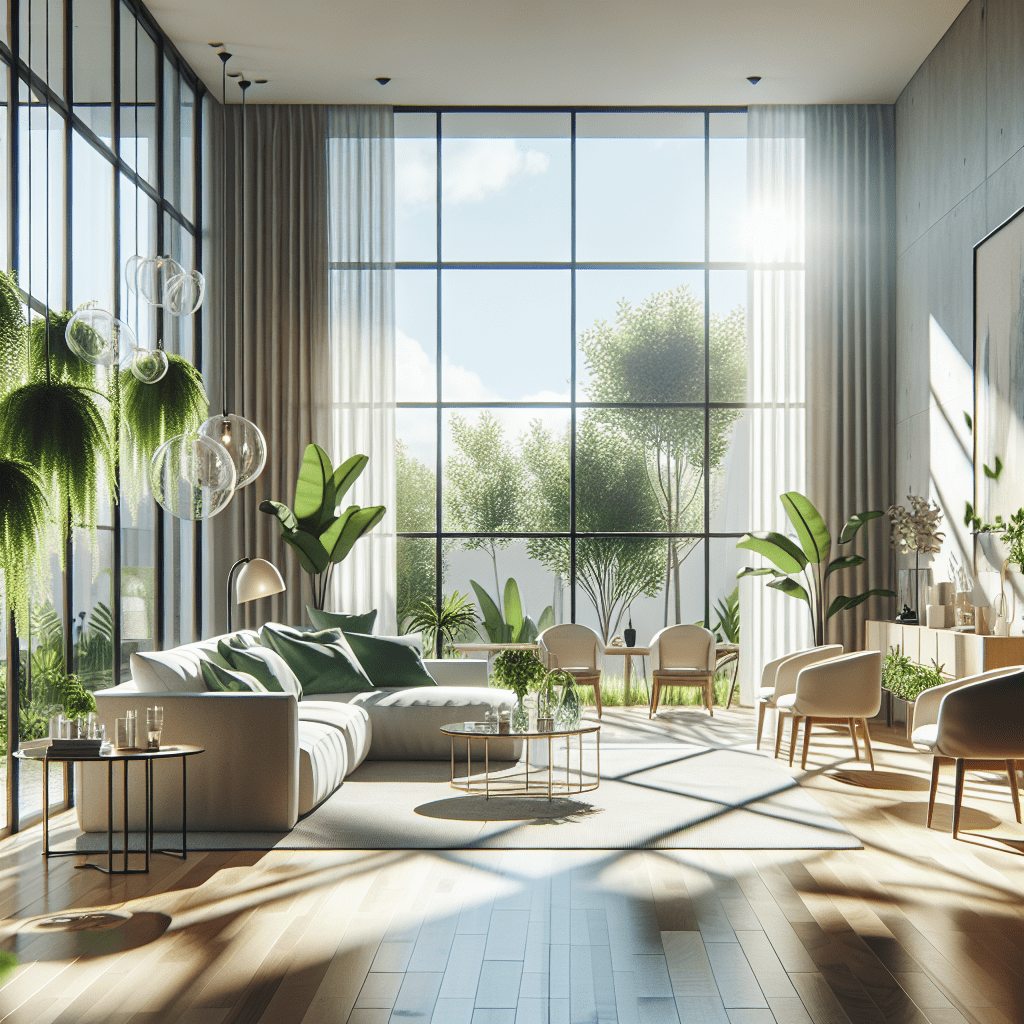

How to Maximize Natural Light in Your Home
Natural light plays a pivotal role in transforming the ambiance of your home, influencing mood, aesthetics, and even the perceived size of your space. In interior design, natural light maximization is not just about saving on energy costs—it’s about crafting a living environment that aligns with our inherent love for sunlight. A well-lit room can greatly enhance the comfort and beauty of your home, making it vital to consider lighting in your design strategy.
Importance of Natural Light in Interior Design
Natural light is an essential component of interior design that can drastically alter the perception of space. It’s a dynamic and eco-friendly lighting source that has been linked to improved mood, enhanced productivity, and a better sense of well-being. As we peel back the layers of how light interacts with our living spaces, we’ll discover the transformative power it holds and how we can harness it to create inviting interiors.
Key Elements of Natural Light Maximization
When it comes to bathing your home in natural light, several design elements come into play. By understanding and implementing these key strategies, you can enhance the luminosity of your interiors.
- Element 1: Color Palettes
Soft, reflective hues are renowned for their ability to bounce light around a room. Choosing the right shades for walls, ceilings, and floors can mean the difference between a gloomy space and a bright oasis. - Element 2: Window Treatments
The type and style of window treatments have a substantial impact on the amount of light entering a room. Opting for sheer fabrics or adjustable blinds can provide control over natural light influx. - Element 3: Placement and Size of Windows
Strategically placing larger windows or adding skylights can significantly increase the natural illumination within a home. Element 4: Mirrors and Reflective Surfaces
Mirrors not only add depth to a room but also reflect light, multiplying its presence throughout the space.Element 5: Furnishing and Layout
The arrangement and choice of furniture can either enhance or impede natural light. Low-profile, transparent, or reflective furniture pieces can help maintain an airy, bright feel.
Tips for Natural Light Maximization
To fully embrace natural light, consider these actionable tips when selecting and positioning furniture:
- Choose Light-Colored or Transparent Furniture
- Pieces with lighter shades or glass components can significantly contribute to the airy feel of a room by allowing light to pass through or be reflected.
- Select Low-Profile Furniture for Smaller Spaces
- Low-profile items help avoid blocking windows and can make spaces feel less cramped, aiding in the free flow of light.
- Incorporate Reflective Surfaces Strategically
- Positioning metal accents, glass tabletops, or mirrored pieces opposite or near windows can double the amount of perceived natural light.
- Utilize Multi-Functional Furniture
- Furniture with hidden storage can reduce clutter, which often hinders light distribution in a room.
- Place Large Pieces Perpendicularly to Windows
- This arrangement can prevent oversized furniture from casting extensive shadows and obstructing light paths.
- Embrace Minimalism
- A minimalist approach promotes a clutter-free environment, ensuring every ray of light has a clear path through the room.
FAQ about Natural Light Maximization
Question 1: How do I choose the right color palette to maximize natural light?
– Answer: Stick to lighter shades such as whites, creams, and pastels, as they reflect natural light better than darker colors. A matte finish can diffuse light softly, but if you want a bit more sparkle, a satin finish may work well on certain surfaces.
Question 2: What are the best window treatments for maximizing natural light?
– Answer: Choose lightweight and translucent curtains or shades that can be easily adjusted to control light levels. Cellular shades, Roman shades, or roller shades with light-filtering options can offer both privacy and natural light.
Question 3: Can the floor material affect natural light maximization?
– Answer: Absolutely. Highly polished wood floors, glossy tiles, or any flooring with a shiny finish can contribute to reflecting light upward and brightening a space.
Question 4: How can mirrors be used effectively to maximize light?
– Answer: Place mirrors opposite windows to reflect light into darker corners or use mirrored furniture strategically. Be mindful of what the mirror reflects, as it can influence the feel of the room.
Question 5: What are some current trends in maximizing natural light in homes?
– Answer: Biophilic design, which integrates nature into the home environment, is on the rise. This includes using larger windows, living walls, and natural materials that harmonize with the outdoor setting and maximize natural light.
In conclusion, maximizing natural light in your home is a multifaceted approach that encompasses color schemes, window placement, furniture choices, and innovative design trends. By thoughtfully considering these elements, you can create living spaces that feel warm, welcoming, and imbued with the uplifting power of the sun. Light up your interiors by introducing these techniques, and bask in the glow of a well-lit, harmonious home.

